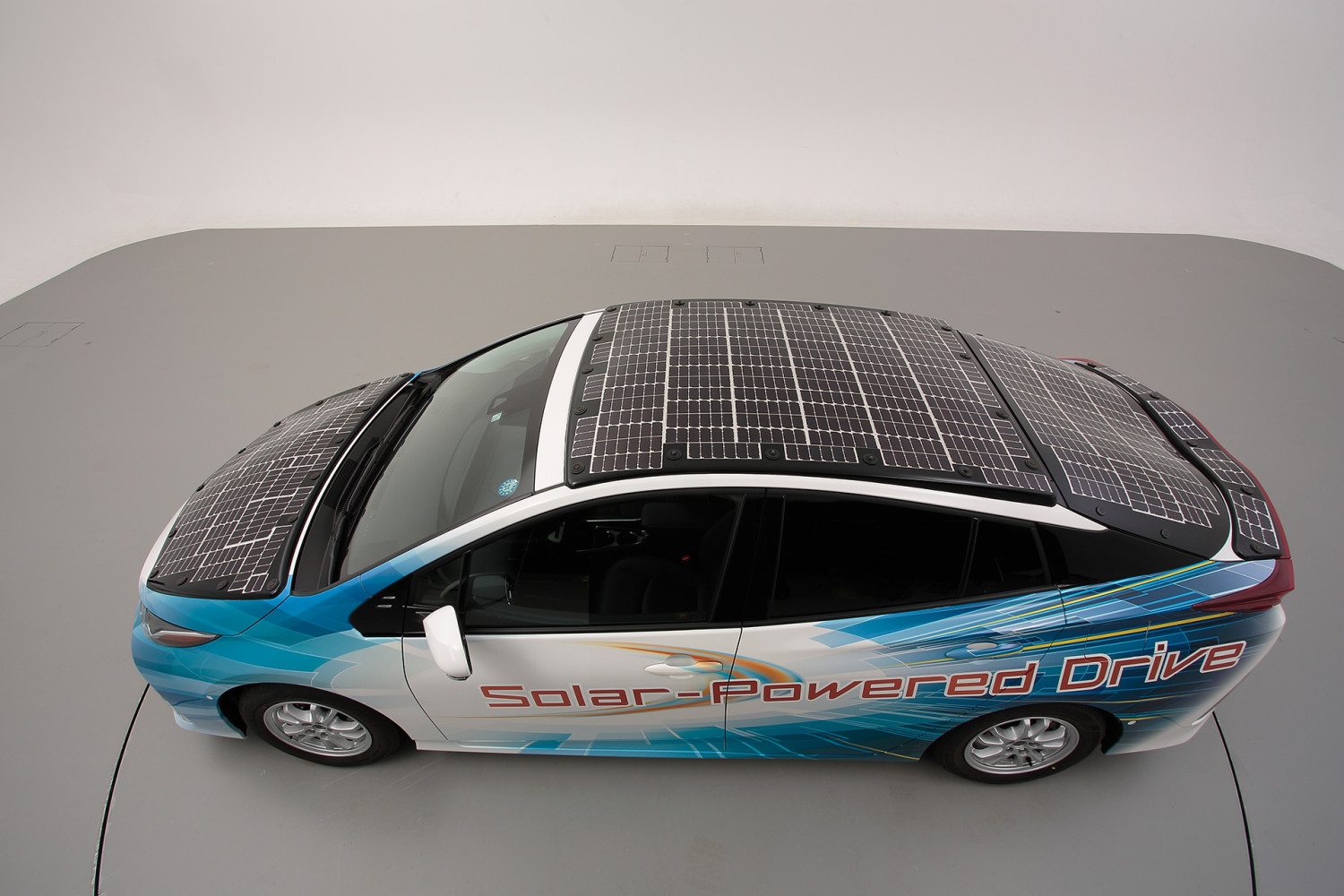With increasing sensitivity towards climate change and understanding the contribution of the transport sector to it, preference and promotion of Electric Vehicles have been on the rise in India as well as all the other major countries of the world. Increasing discount schemes and reduced charges on EVs could soon make them a major part of the mainstream car market. The only concern that makes buyers vary of EVs is that of the time it takes to recharge an EV battery.
Toyota and its partners in Japan are working to overcome this obstacle. They are testing an EV with built-in solar panels for mobile solar energy.
The basic idea behind equipping a car with solar panels is that the panels can provide additional solar energy to an EV battery while the vehicle is in motion, in addition to recharging the battery when it is parked.
With this new feature, the drivers will be able to plan for longer trips between charging times, because the vehicle could remain on the road for longer periods. They could also plan trips that don’t require regular access to charging stations. The car could simply recharge its battery while parked in any spot where sunlight is available.
Until recently, solar-equipped cars were not entirely practical. This is because conventional silicon solar panels are relatively heavy. For EVs, the added weight can offset at least some of the battery range gained from solar energy. Conventional solar panels are also not ideal for plug-in hybrid EVs. The added weight could result in a loss of fuel efficiency (plug-in hybrids run on both gasoline and electricity from a charging station or standard outlet).
After the introduction of lightweight thin-film solar cells accessibility to solar energy has increased to a much larger user base. These solar cells are coming into use for small mobile devices, as well as backpacks and items of clothing. The best feature of the film is that it is flexible and can be moulded around the curved parts of a vehicle.
In 2018, the start-up Sono Motors was the first to introduce the idea of built-in solar panels integrated with lightweight body materials. While Toyota’s approach is similar to this, it includes the attached solar panels rather than fully integrated ones.
Thank you for reading. Please drop a line and help us do better.
Regards,
The CSR Journal Team


